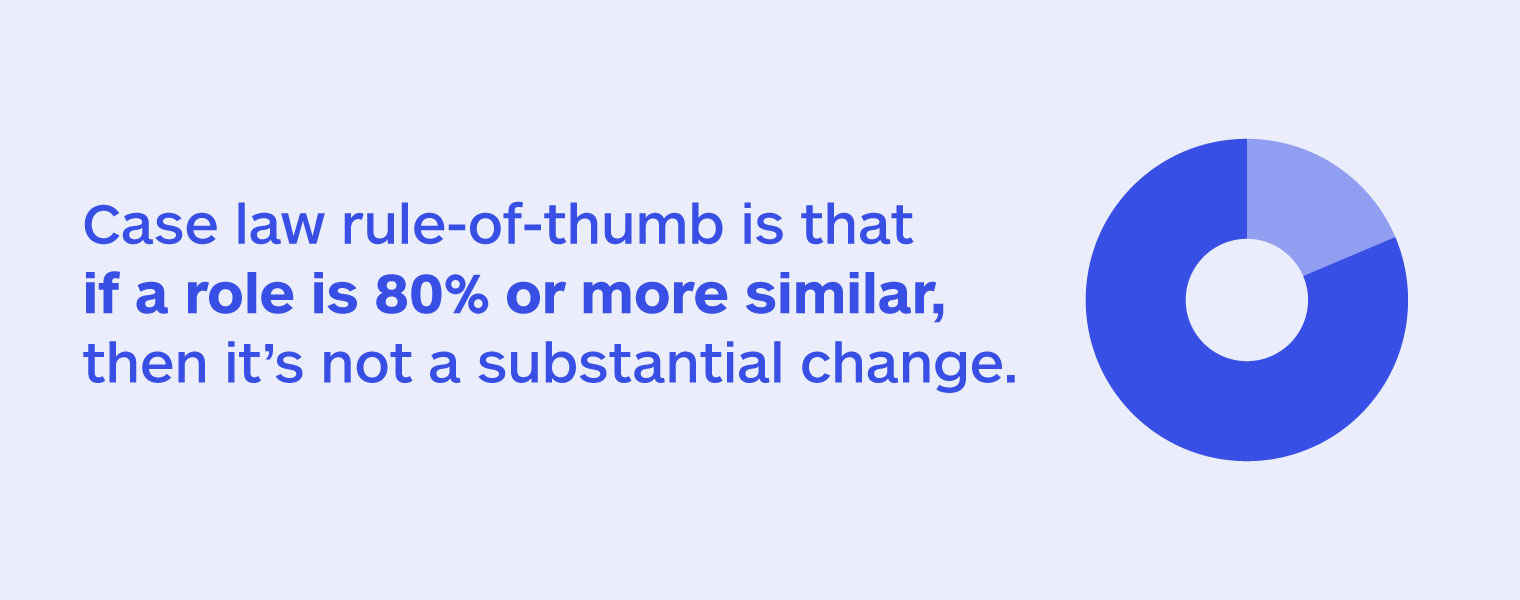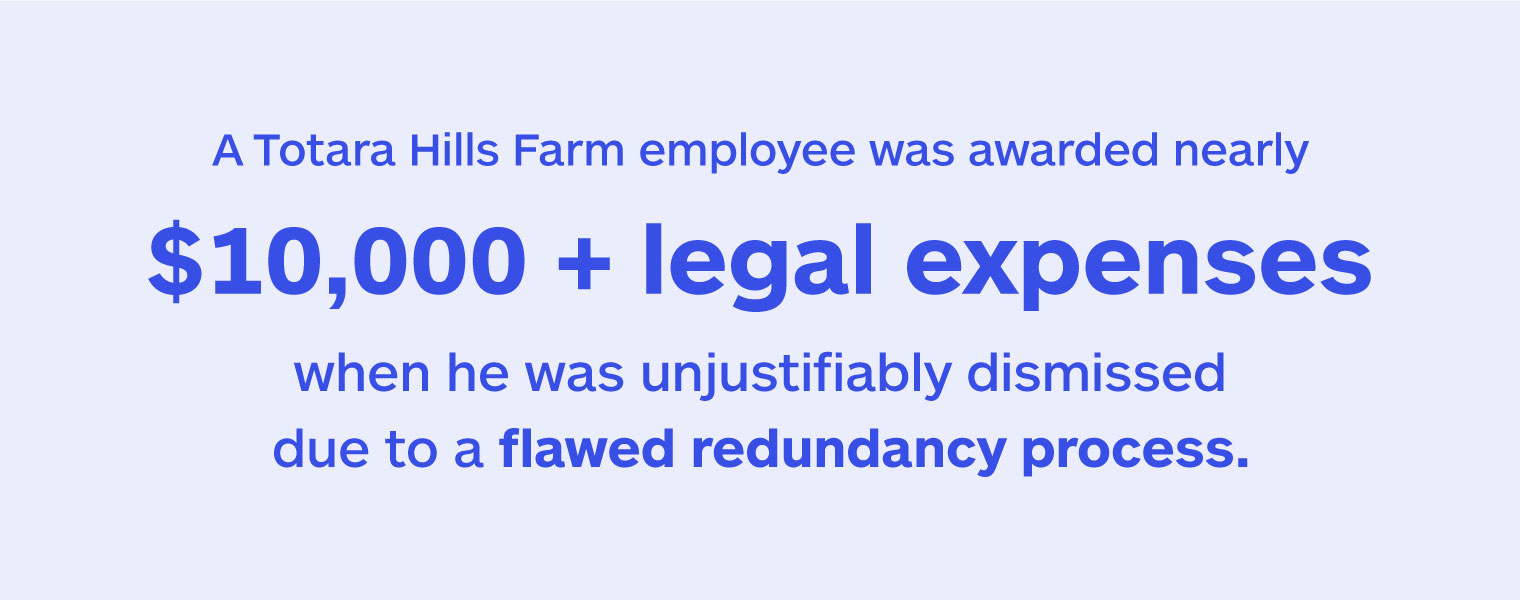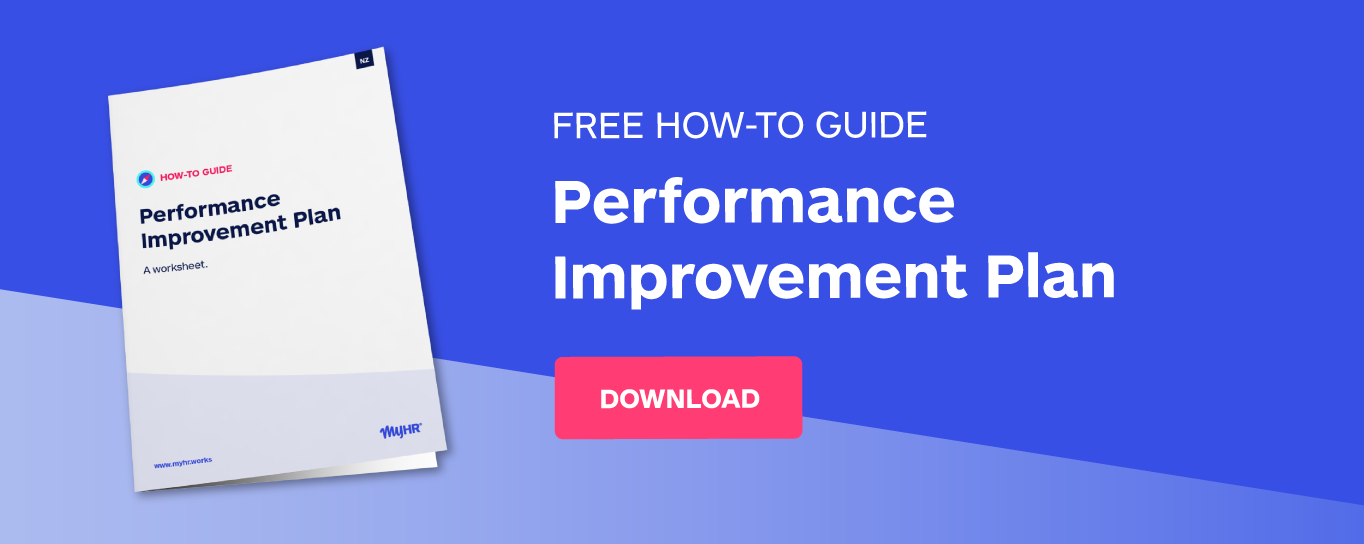There was a time when restructuring and redundancies weren’t a regular concern for employers and employees, but in our quick-changing, competitive global economy, they have become commonplace.
That’s because reorganising or rearranging a company’s structure to make it more efficient, more profitable, or better organised often needs to happen, whether that’s because of financial pressures or the business wants to expand and capitalise on new opportunities.
There are various forms of restructuring within a business, such as debt restructuring or asset restructuring, but we’re focusing on the restructure of roles or teams. This is known as organisational restructuring.
In New Zealand, the process of restructuring isn’t prescribed to the letter in employment legislation; instead, best practice has been established by case law (rulings by judges).
This means there is some flexibility in terms of the scale and detail of each restructure, but there are some crucial steps and principles that can’t be legally ignored.
Failing to get the restructuring or redundancy processes right could lead to complications, delays, and, at worst, personal grievance claims and financial penalties.
It’s much easier to avoid problems and make the necessary changes smoothly if you fully understand the process, and everyone’s part in it, before you embark on it.
In this white paper, we take a broad look at restructuring and redundancies, how to make sure you handle them correctly, how to avoid common errors, and highlight some real examples.
Restructuring vs. Redundancy
The terms restructure and redundancy often get confused for the same thing, but there is a definite difference.
Restructuring is a process that aims to get the right roles set up in the right way so the business runs more efficiently, or delivers its products or services more effectively.

In the course of a restructure, roles or positions can be identified as surplus to the company’s ongoing commercial needs. These roles become redundant, or are disestablished.
So a redundancy is a potential outcome of the restructuring process. A restructure can lead to a redundancy, but a redundancy cannot trigger a restructure (we’ll discuss this further).
Not all restructures cause redundancies, either; they can involve creating new roles or merging some existing roles.
Getting the restructuring process right
Restructures can affect one role or many, and while the scale can vary, the process is largely the same.
At the heart of both processes is the principle of good faith detailed in the Employment Relations Act, and before any decision is made, employers must consult with every employee whose ongoing employment will, or is likely to be, adversely affected. Taking employee feedback into consideration is also crucial.
To save opening the business up to too much legal risk, plan and prepare well. You need a genuine business reason to launch a restructure, things like financial constraints, realigning services or products to meet a change in market demands, or merging with another company. The commercial imperative must be demonstrable and clearly stated throughout the restructuring process.
Once you have the business case sorted, the next step is to develop a proposal that you will put to affected team members for feedback. In essence, you are telling your employees a story that has to make commercial sense.
Employees should have access to all the information used in preparing the proposal so they can respond in a meaningful way. This includes the objectives, why you’ve chosen specific roles for changes or redundancy, costs and expected benefits to the company, and how the changes will roll out.
Present the proposal by meeting individually with the people affected, then give them time to digest the proposal and prepare their feedback – anything up to 2 weeks is reasonable, but it all depends on the scale of the changes and your employees’ reactions.
Following this consideration period, meet with employees to give them a chance to present their side of the story. Unless your staff are part of a union, getting together with individuals first, then as a team, is much more considerate, especially if people’s jobs are on the line.
Once you have all the feedback, the business is legally obligated to consider it and make a fair and reasonable decision. While the changes may seem obvious to the business, it’s possible a team member could identify a flaw in the proposal or present an option you hadn’t considered.
If an employee comes up with a valid idea that causes changes to the restructure, you will need to redo the proposal and consult on it again. Once you have reached a final decision, you’ll need to present that to the affected employees along with justification and how their feedback was considered. Confirm any redundancies, changes to roles and/or responsibilities, if redeployment is an option or new roles are available, and timeframes.
Implementing the changes can take a while, especially if you are making people redundant or hiring people for new roles.
Be mindful that jobs and livelihoods are really important, so there will be a lot of scrutiny of your proposal, the consultation process you follow, and your decisions. Also expect some emotion and stress.
Offer people all the support and compensation detailed in their employment agreements, company policies, and the restructure proposal.
The more humane and transparent you make the change process, the quicker people can move on with their lives and the team that remains (including management) can get on with business.
Common Mistakes
As with any process involving people, there is always the potential to make mistakes when restructuring.
Be aware that any shortcut or procedural misstep could open you up to disputes or personal grievance claims, which could cost you time and money to settle. If the dispute ends up being heard by the Employment Relations Authority (ERA) or Employment Court and they find against you, you’ll be looking at a costly award to your employee and a contribution to their costs, plus any lost wages if the employee couldn't find another job, as well as paying all your own expenses.

Perhaps the most common error businesses make is not having a genuine commercial justification for a restructure. While an employer has every right to make changes to the way their business is organised, there is increasing scrutiny of the commercial reasoning for the changes.
If you base the restructure on personal or non-commercial reasons or you cannot justify the financial imperative for change and its benefits, you could be on shaky ground. Complete due diligence before you undertake a restructure and make sure you have watertight evidence to support your proposal.
Failing to fairly consult employees and pre-determining the outcome also trips some companies up. In New Zealand, a restructure is only a proposal that all affected employees have a right to examine and comment on, and the business has to genuinely consider those responses.
This process differs from some other countries, most notably Australia, and multi-national organisations may be unaware of the differences. Ignorance of your obligations, however, is no defence.
Another common error in the restructuring process is withholding information employees need to be able to give meaningful feedback. Some sensitive details can be kept private – e.g. the salaries of other employees – but if the information is relevant to the decision-making process, by law, you need to share it. This includes any criteria or tools used to assess team members for redundancy or new positions.
Other common mistakes are not taking all affected employees through the change process, rushing the process and not giving people enough time to prepare responses, and not exploring all the options for redeploying existing team members.
It’s also not uncommon for employers to overlook important prescriptions and provisions for changing or disestablishing roles that are contained in employment agreements and any relevant company policies. This includes the job description, which should be kept up-to-date so it reflects the current reality of the role.
In the end, if you prepare well, get the basics right, and act in good faith, chances are you’ll get the best outcome for the business. You’ll also be able to adapt and respond, if anything unexpected does crop up.
Restructuring to get rid of an employee
This mistake needs its own section. It’s a pretty basic one and will land you in hot water as quickly as you can say: “you’re surplus to requirements”.
We understand the negative effect a troublesome or unproductive employee can have on a business, and the temptation to exit them quickly, but initiating a restructure that ends in their redundancy is not the right approach.
Restructures can get contentious, especially if they end in redundancy. Remember, restructuring is not about the people performing (or underperforming) in roles; it centres around making changes to roles (or teams) so the company can best meet its commercial objectives.
Even if you have a sound reason, if there is a hint the restructure is managing someone out because they’re bad at their job or clash personally, it can seriously affect the outcome.
Poor performance, bad attitude, and misconduct need to be handled using the appropriate processes.
A solid employment relationship is the best foundation, so employees clearly understand their roles and the company’s expectations, and how their efforts contribute to their own success and that of the business.
Then an effective system for tracking and rewarding performance, and regular (two-way) feedback should mean issues are easier to spot, raise, and resolve in mutually-beneficial ways.
You may not need formal procedures, such as targeted performance management or disciplinary action, but if an employee’s attitude, conduct, or performance takes a serious dive, proper process can get things back on track.
In the end, if you have the right systems in place and the employment relationship is strong, you have a good chance of turning poor performance and negative behaviour around before you need to think about dismissal.
Justifying Redundancy
To ensure a redundancy is justified, employers must be able to prove the reason was genuine and it was done in a procedurally fair way.
Making an employee redundant should be considered the last option after all reasonable alternatives, like redeployment, have been explored.
It’s not unusual for businesses to invite people whose position is being disestablished to apply for new roles alongside external candidates, but if the new role is 'substantially similar' (i.e. 80% or more the same) or otherwise within the person’s capability, you run the risk of a personal grievance claim if you don’t offer them the role directly.
The ERA and Employment Court have made numerous rulings against employers for not properly looking at all options for redeploying employees. Employees may just need a bit of training and development to be able to perform the new role.
If, after carefully following all the steps in the restructure process, redundancy is the only viable option, make sure you meet any terms stipulated in the person’s employment agreement, company policies, or other negotiations.
These include the minimum notice period, which must be ‘reasonable’ if it is not specified, and payment of salary, unused annual leave, and any other entitlements up to the last day of employment.

Depending on the termination clause in their employment agreement, you may have the option of choosing to pay the employee out in lieu of having them work their notice period.
The right to redundancy compensation isn’t written into employment law but if it is written in the employment agreement, it must be paid.
Remember to have some empathy for anyone being made redundant. While people will generally understand if the reason is bona fide (even if they don’t like it), no one likes being mistreated or misled. It could also leave a bad taste and erode trust in the people remaining with the business.
Restructuring a growing business
Given the intricacies of the restructuring process, it pays to get expert advice on any proposal before you implement it.
Auckland-based food import and distribution company, Bluerock, has grown rapidly in recent years and made a number of changes to ensure it has the correct team structures to consistently deliver quality products and service to its clients.
Many of the restructures have come as a result of acquiring a number of other businesses, which they have then merged.
Bluerock gets its HR provider to sense-check any restructure plan to minimise any potential risks and provide oversight during the consultation process. Having an all-in-one HR solution also means supporting documentation is created and delivered by specialists.
The guidance gives the company confidence that they’re going to get restructuring right.
How MyHR makes it easy
MyHR has helped hundreds of businesses like Bluerock with restructures and has the experience to get the best results and steer clear of the common pitfalls.
Having a close working relationship with each client gives the team unique insight into the way a company works, its culture, and objectives. This makes it quick to determine what the business needs to achieve and helps anticipate potential problems.
The MyHR Advisory team ensures the business case is watertight and then prepares the proposal documents, delivered through the innovative MyHR platform, and keeps in close contact as the restructure process rolls out.
The way MyHR’s service is structured means getting restructuring and redundancy assistance is far more cost-effective and comprehensive than going to an HR consultant or lawyer.




